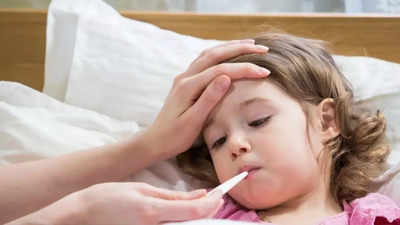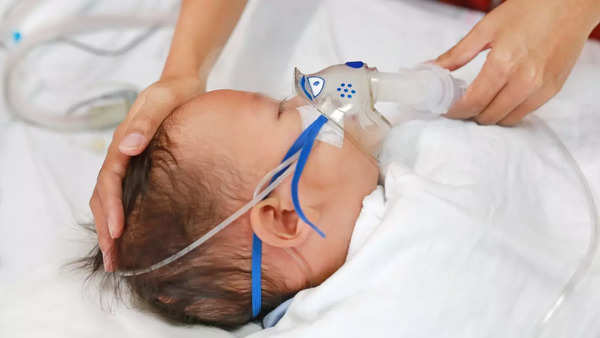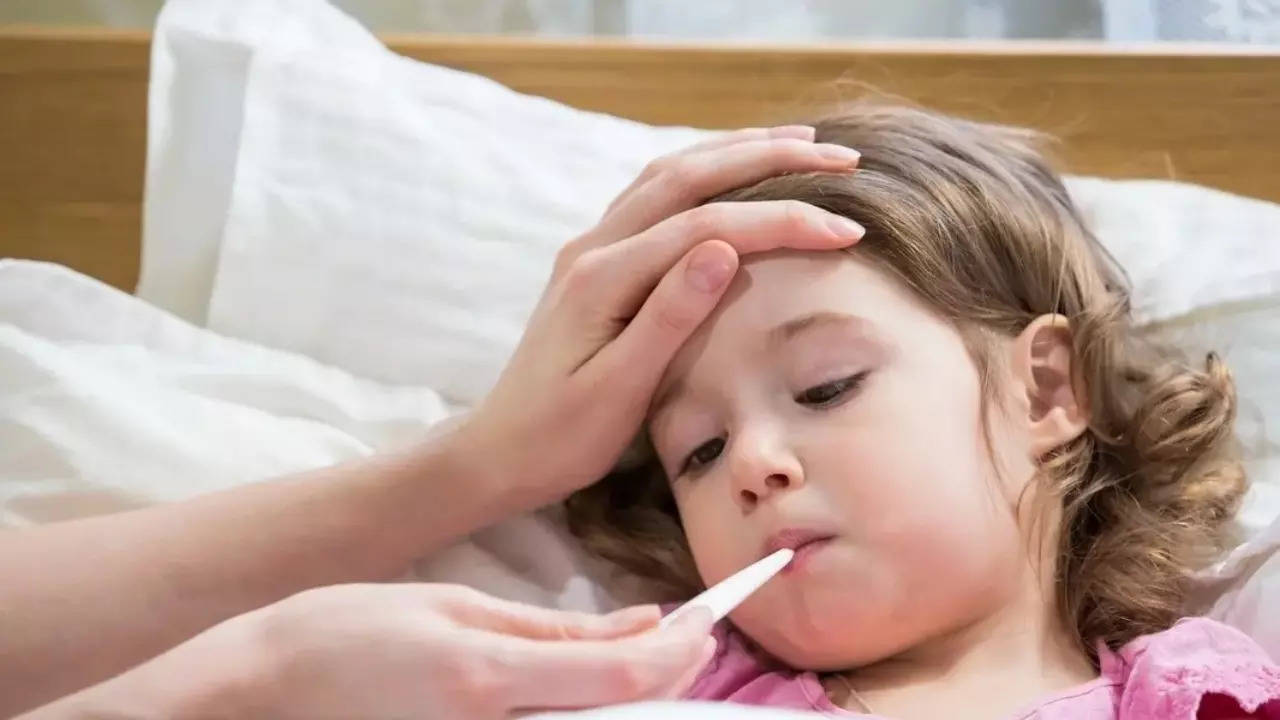Doctors in big cities have observed an alarming rise in
walking pneumonia
cases, particularly among children and young adults, as per various media reports. This uncommon kind of pneumonia, which is mistaken for a chronic flu or cold, is gaining attention due to its mild symptoms and links to worsening air pollution. Cities with poor air quality, such as Delhi and Mumbai, are experiencing an upward trend in cases, as doctors advise against neglecting long-term respiratory concerns. Here’s all we need to know to understand walking pneumonia, its symptoms, and how to be safe during this health crisis.
What is walking pneumonia?
Mycoplasma pneumoniae
is the most frequent cause of walking pneumonia, frequently referred to as atypical pneumonia, which is a lung infection brought on by bacteria, viruses, or fungi. The fact that those impacted are not restricted to their beds and may go about their daily lives is what gives it its name. This infection inflames your airways and fills the lung’s air sacs with mucus, leading to flu-like symptoms that are often mild but persistent.
Most cases occur in children aged 5-15 and adults under 40. Environmental factors, such as pollution, can worsen symptoms by irritating the lungs and making them more susceptible to infections. The higher the level of exposure to nitrogen dioxide the higher the risk of pneumonia.
How is walking pneumonia different from regular pneumonia?
Traditional pneumonia usually impacts only one side or specific areas of the lung which results in more severe symptoms such as high fever and substantial chest congestion. Walking pneumonia, on the other hand, has a patchy distribution across the lungs and produces milder symptoms.
But untreated walking pneumonia may lead to full-blown pneumonia, particularly when aggravated by factors such as poor air quality or decreased immunity.
What are the symptoms?
The
symptoms of walking pneumonia
are very much similar to those of a cold or flu, making it tricky to identify. Here are the common signs:
- Low-grade fever (below 101°F)
- Chest pain or tightness
- Persistent cough
- Fatigue and weakness
- Sore throat
- Headache
- Chills
- Occasional rash or sneezing
Treatment
If caused by bacteria, specific antibiotics are effective.
If it’s a viral infection, it’s self-limiting and usually requires symptomatic treatment like fever reducers and cough syrups.
Proper hydration, rest, and a healthy diet can aid recovery.
Patients with underlying conditions like asthma, COPD, or weakened immune systems may require more intensive care.
Is walking pneumonia contagious?
- Yes, walking pneumonia is contagious. It spreads through droplets produced by an infected person coughing, sneezing, or even talking.
- Bacterial pneumonia spreads by continued close contact.
- Viral pneumonia is more contagious, lasting up to ten days.
- Crowded environments and poor ventilation can hasten transmission, making masks and cleanliness essential.
I’m Manas Ranjan Sahoo: Founder of “Webtirety Software”. I’m a Full-time Software Professional and an aspiring entrepreneur, dedicated to growing this platform as large as possible. I love to Write Blogs on Software, Mobile applications, Web Technology, eCommerce, SEO, and about My experience with Life.






